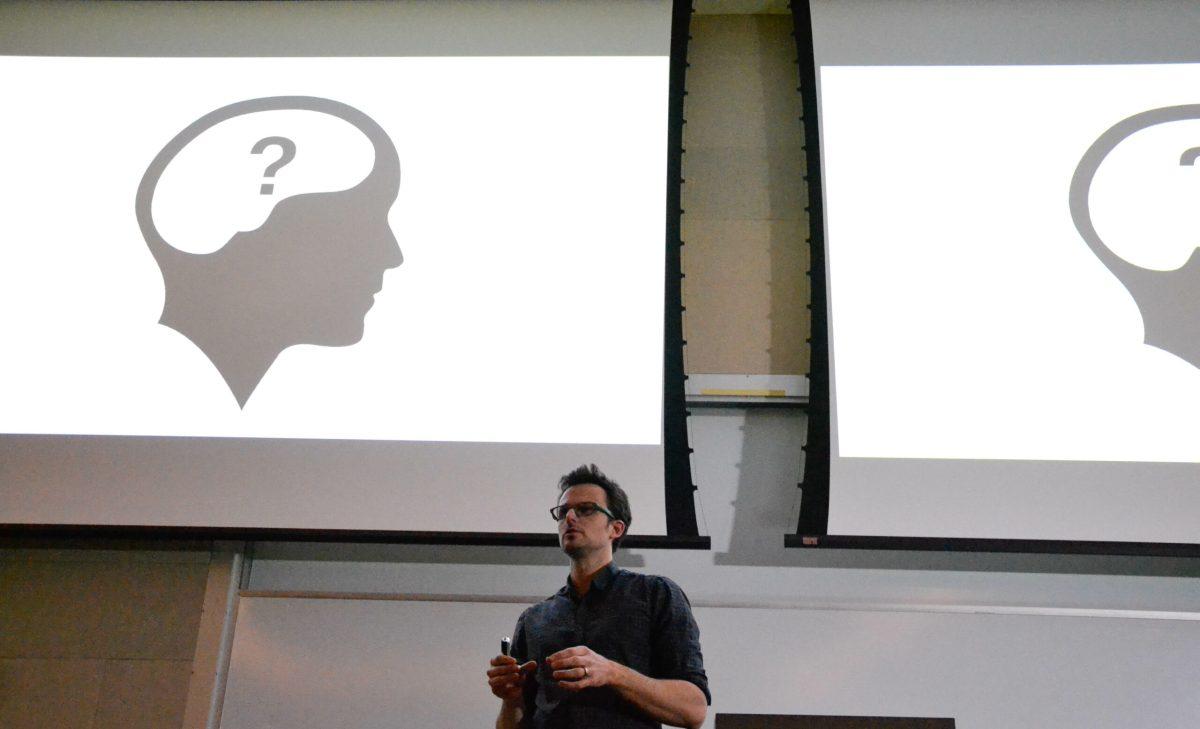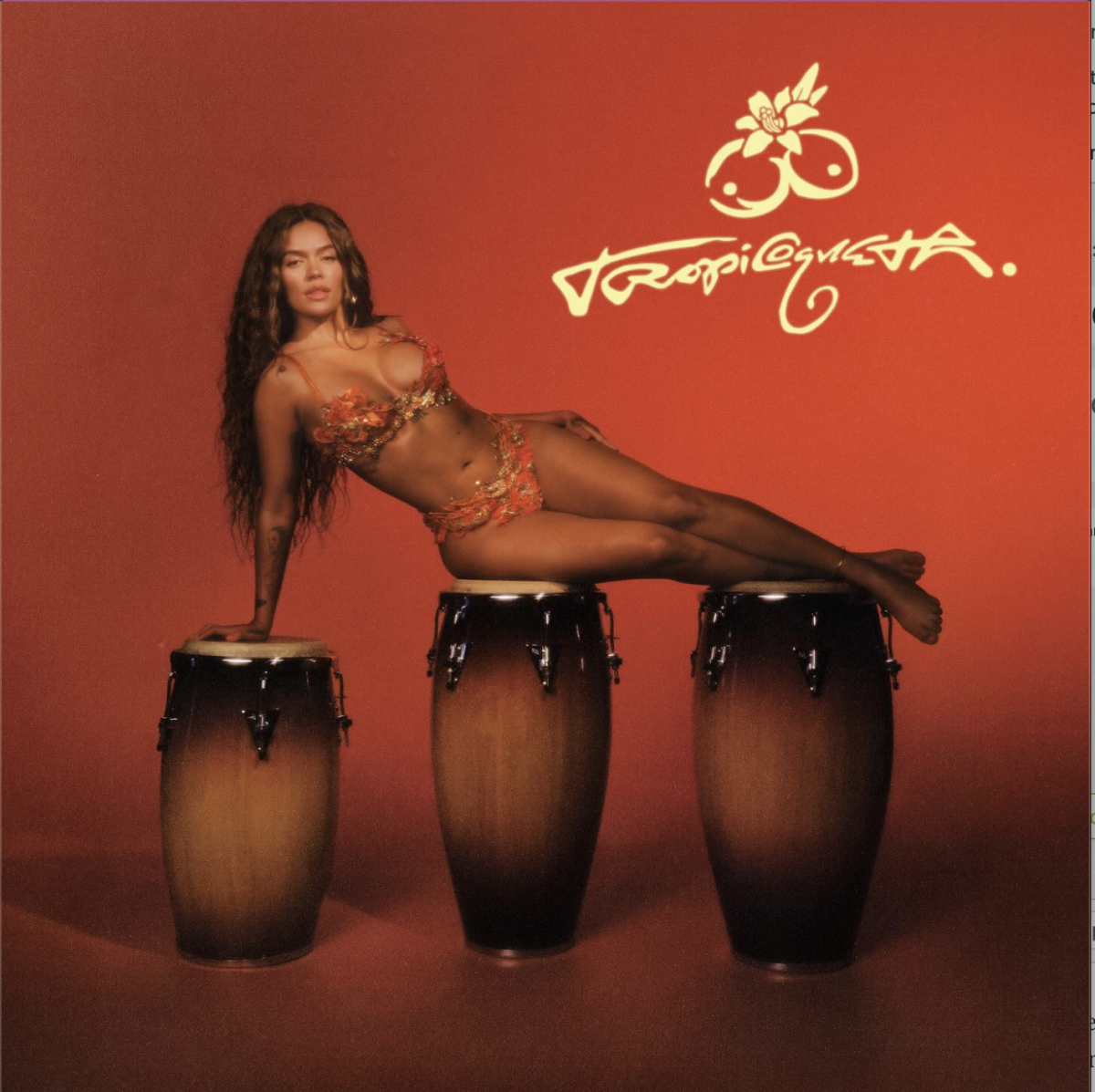On Friday afternoon, members of Rowan’s College of Science & Mathematics and College of Communication and Creative Arts met in the Rowan Hall Auditorium to continue an ongoing lecture series from the college of Science and Mathematics. They gathered to hear artist Greg Dunn give a talk about how he combined his love of neuroscience with his affinity for art.
Dunn received a doctorate in neuroscience from the University of Pennsylvania and after which began creating screen paintings by combining images of the brain and its parts with traditional Japanese minimalist art. During the lecture, Dunn talked about the process of creating a large scale model of the brain which when viewed under lights created the illusion of synapses and neurons firing.
Bryan Stites, a senior psychology major, was one attendee. He said that he had seen some of Dunn’s work before, and was eager for an opportunity to hear the artist speak.
“I knew about Dunn’s work from Doctor [Lisa] Abrams, who’s a professor in the psych department,” Stites said. “We went together to the Franklin Institute to see the exhibit when it was first released. I was fascinated with it and being able to hear him speak about it was even better.”
During the presentation, Dunn said that the common images of the brain in popular culture don’t often mesh with the actual science behind the studies of it. He also said that there is often a disconnect with art and science being viewed as separate entities. So for the artwork he creates, Dunn said that he looks to meld art and science in a way that makes them both work together.
Dunn also said that his love of the arts went back many years, and that he’s had a fixation on one style in particular.
“I had made art for album cover for many years. That was very different than this, but still somewhat Asian-inspired,” Dunn said. “I really like the negative space and the contrast in lines in Asian art. I pretty much started out and stuck with this, although I’ve evolved into a much more complex direction than I was at when I first started this.”
And as for why he chose the brain over other parts of the body to portray, Dunn said it just felt like the right choice.
“I’m interested in the brain from a practical standpoint, from a biological standpoint, from an experiential standpoint,” he said. “I have a fascination with it on so many levels, that it just seems like the natural kind of niche for me.”
For comments/questions about this story, email [email protected] or tweet @TheWhitOnline.
























































































































































!["Working with [Dr. Lynch] is always a learning experience for me. She is a treasure,” said Thomas. - Staff Writer / Kacie Scibilia](https://thewhitonline.com/wp-content/uploads/2025/04/choir-1-1200x694.jpg)









































